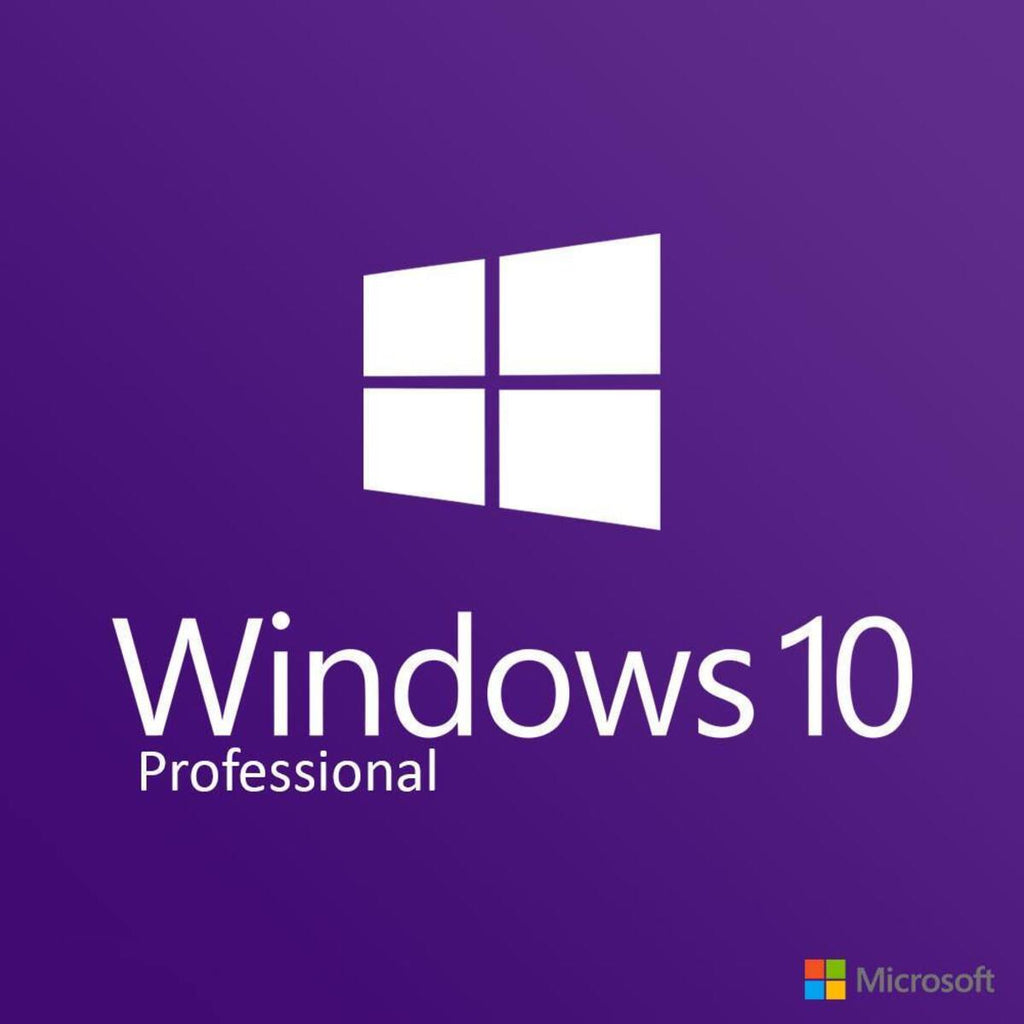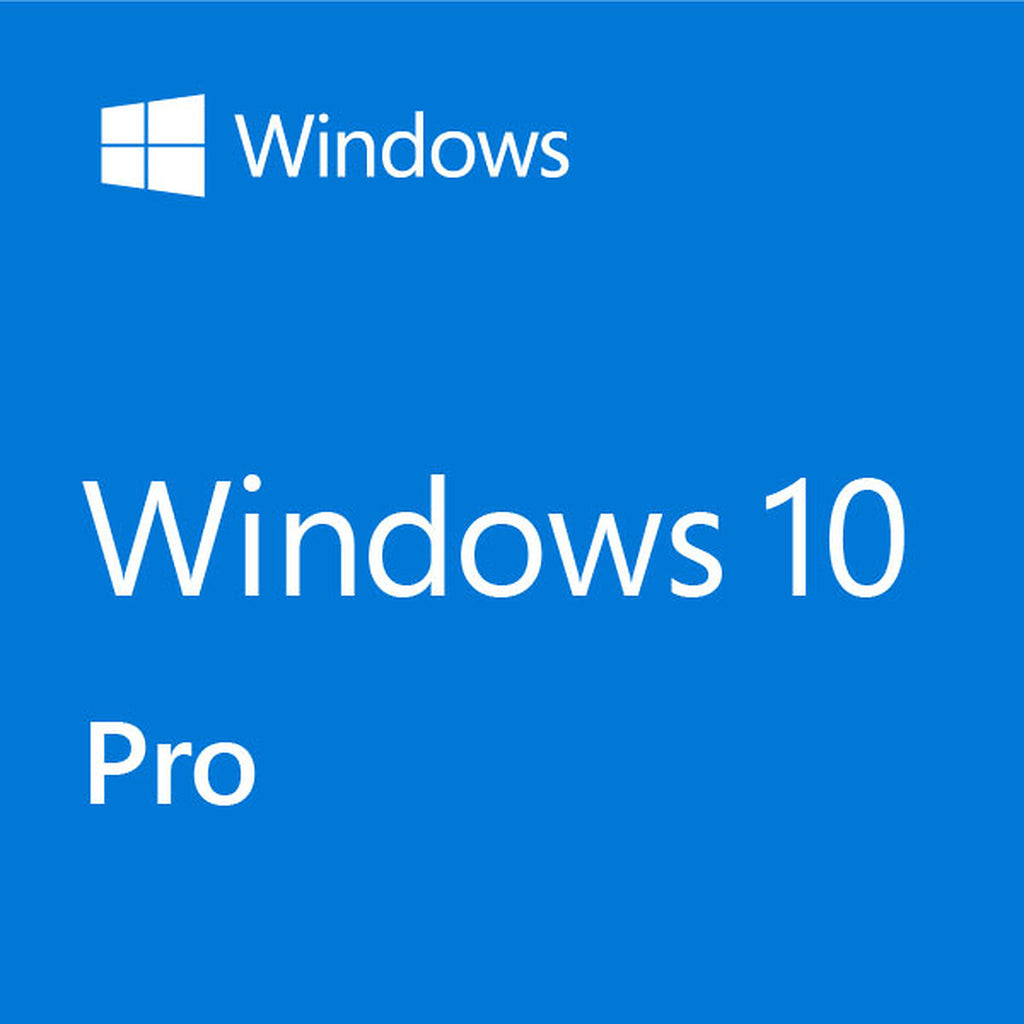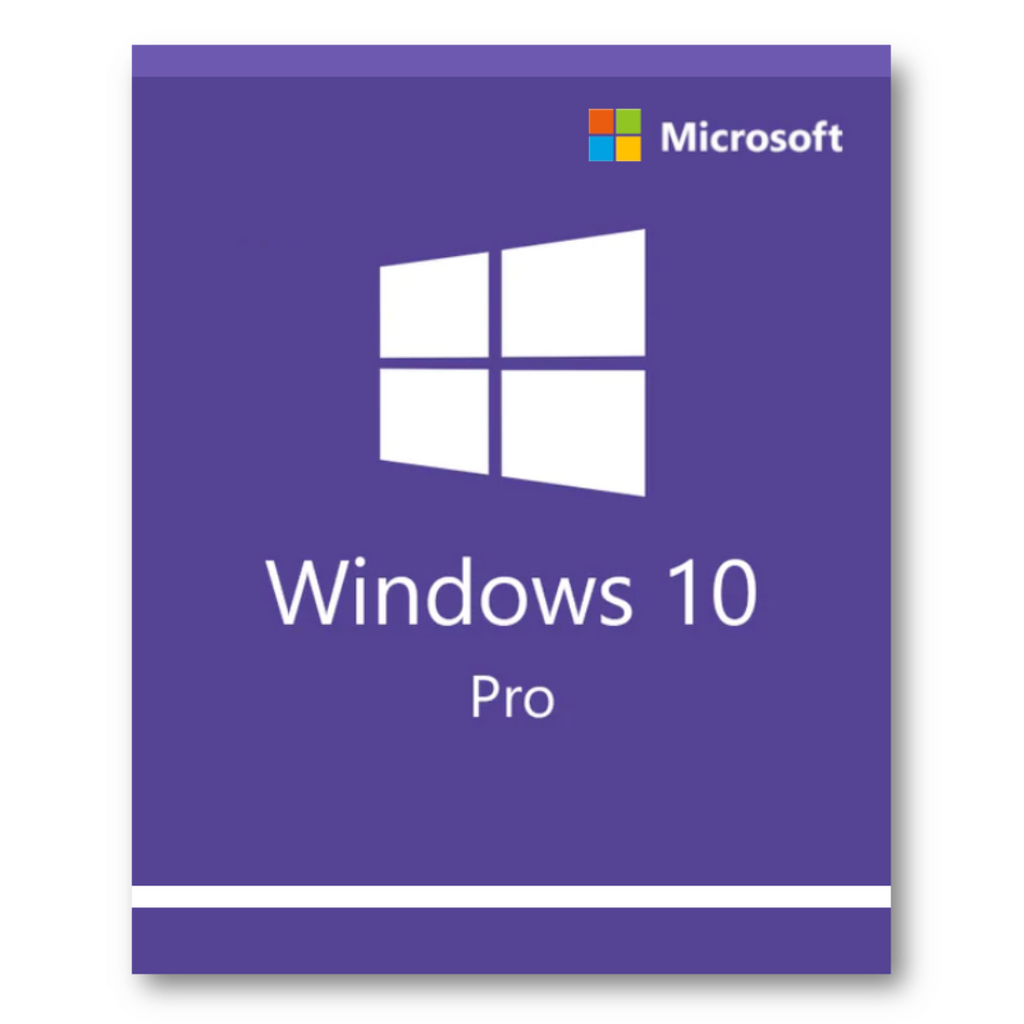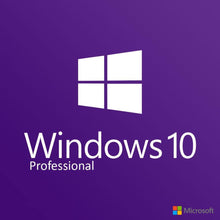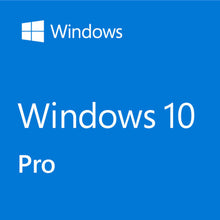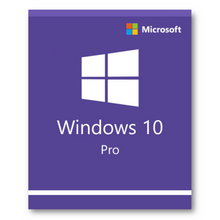
Why you see this? You found a product version which is not allowed to be activated in your country. Try to find this product for different region.
Sorry, country not found
Windows 10 Pro Retail CD Key
797Microsoft Windows is the number one operating system in the world for computers and laptops. But before purchasing this software, you need to know what edition you need to get absolutely the best experience while using your PC.
Most computers use this software due to its compatibility with other programs. Its versatility is also a determining factor for choosing Windows over other operating systems. But this software isn’t used only for business purposes, as gaming got a lot better with Windows 10. If you like to play video games and your existing games work great, you can now connect with other players across Xbox One and other Windows 10 devices.
So, if you are looking for a Microsoft Windows 10 pro CD key, check out why Windows 10 Pro is so special compared to other versions.
About the Product
Windows 10 Pro is the professional version compared to the standard home edition of this OS. It offers features that the basic one doesn’t, that are:
- Advanced protection.
- Possibility to create virtual desktops.
- Remote desktop control with your mobile phone.
- Bitlocker device encryption.
- Mobile device management.
- Group policy to manage PCs and printers when paired with Windows Server.
- Azure Active Directory, to have a unifying experience with your Windows device.
- Assigned Access, to have a user separated from the other.
- Close security verification to protect your data.
- Microsoft Edge so you can have your downloads made in one place.
- Use Microsoft Intune to different devices with a piece of hardware.
- Restrict access to a particular third-party account you decide on and applications.
This way, Windows 10 Pro provides you with much freedom in work while giving you an extensive library of tools, like the Office apps. For this software to work properly, you need to always have updates enabled since it helps you stay current in security matters for the supported lifetime in your Windows 10 devices.
Working Experience
Windows 10 is built to maximize your work and gain space in your desk while you open tasks and snap apps on your screen space. You also can:
- Create virtual desktops to separate a project in a single view or group things.
- Run virtual machines and alternative operating systems for testing purposes without installing them on your hard drive.
- Save your password and data for easy ways to enter your accounts.
- Use a cloud service to have your information anywhere without paying more money.
Most businesses use old software that may not be compatible with other versions of Windows. However, Windows 10 has a compatibility mode that gives you the ability to run those programs—ensuring that your productivity stays the same or improves.
This new generation of computers needs all of these features. They help users stay focused on their tasks or duties and bring support when they need it.
Gaming Experience
Windows 10 Pro is also software designed to boost the PC gaming experience. While you are playing the best casual games, you can record or take screenshots thanks to the Xbox toolbar feature. And as a fun fact, you can find free games once in the Microsoft store.
The software brings free gaming services (it has to be the pro edition of Windows), like the ones mentioned above. It also lets you get game guide updates from time to time in the latest gaming news that you can find in the taskbar. As gamers, you want to be up-to-date with the games you love.
Among other gaming features, you can:
- Close each unnecessary app so the game doesn't take a long time to open.
- Recover missing or damaged files to fix your games.
- Disable booting programs to boost your gaming Windows 10 experience (Warning: Don’t disable the wrong apps, or you could have booting problems).
- Boost RAM.
How does Windows 10 Pro CD Key Work?
The Windows 10 Professional CD Key is what you can use to activate Windows after downloading it to your storage. You can install the official operating system on your computer completely free, but after a while, the features of your software will start to block.
This is when the Windows key enters the game. However, there are different keys that you can use for your software. The version of Windows 10 that you download doesn’t matter when activating your license.
There are three types of keys that you will find in the market when you are going to purchase your software, namely:
- OEM key: You get this key when buying a computer or laptop. The OEM is embedded in the BIOS, so these keys can’t be used for reselling and aren’t transferable to another device. It’s common to get the home edition as OEM, but you can also get the Pro system edition.
- Retail product key: This code version is a boxed copy that you can get from retail stores. It’s only applicable to one computer, and you can transfer it to another pc.
- Volume Windows 10 key: This version is reserved for businesses. A company can purchase licenses in bulk and can only be used in the computers associated with the business. Employees will have permission to all the features of the software.
You can get the retail and OEM versions on the Internet. However, the business licenses are available only directly from the Microsoft official website.
Why RoyalCDKeys?
RoyalCDKeys offers you the best key codes at the best prices so that you can get your software in a safe environment. Our website is comprehensively secured, so your purchase process is fast, and you get your product minutes after completing the process. We will send you an email with the key code, so if you don’t receive it in your inbox, check the junk mail folder.
We manage a global currency, which means that you will be able to pay from wherever you are and even leave some reviews behind.
You can register on our site to find even better deals. Once you go through successful registration, we’ll welcome you with plenty of payment options, all of them tailored to your needs. After you log in/sign in, you can save your cart and shop at any time.
Registration brings you the latest gaming news and surprise promotions regarding products at a great price, all thanks to our e-mail address newsletter. For example, the regular price for our Windows 10 Pro 64-bit key is €4,99, but you could get it for only €2,15.
So, if you’ve decided to purchase a game, you don’t need to confirm anything else. All you need to do is follow the buying steps on our website and then move to the instructions in the description below to activate your software.
- Reviews
- Questions
- delivery
- service
- windows
- Everything
- keys
- problems
- purchase
- issues
- experience
- todo
Excelent service!
All very easy! recommended.
not recommended
Bought lot of keys from them, One day faced an issue, They bother us replacing, So bought a new key from someother place and stopped using royal keys
Great shopping experience
Easy installation, great support, everything is perfect
good, very good
good, very good
Working, fast and cheap
The licence key I bought was immediately sent after the purchase and worked as expected. Very good price.
System Requirements
Royal Protection Program is an optional feature providing our customers with extra care and protection when purchasing from our store. Become a Royal Client and experience proper royal treatment!


Priority Support Line - you will be the number one priority in our customer support

Lifetime Purchase Protection - 100% Purchase protection with a lifetime warranty

Your pre-orders come first

Dedicated support 24/7 - no more waiting for resolution



